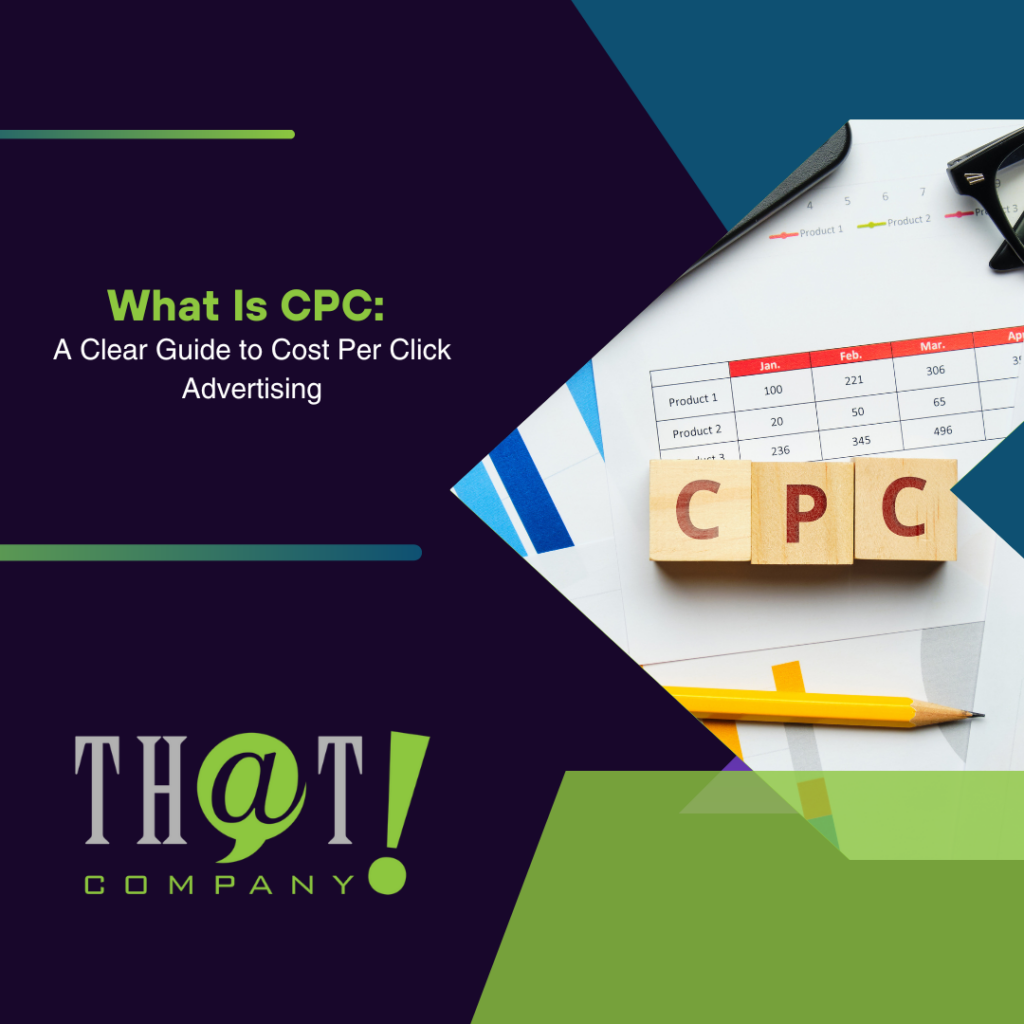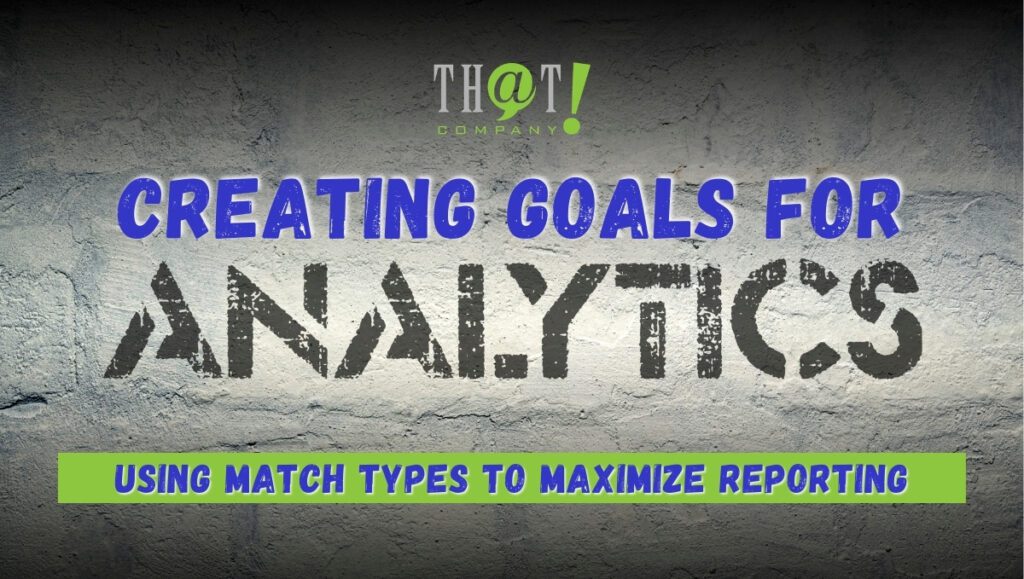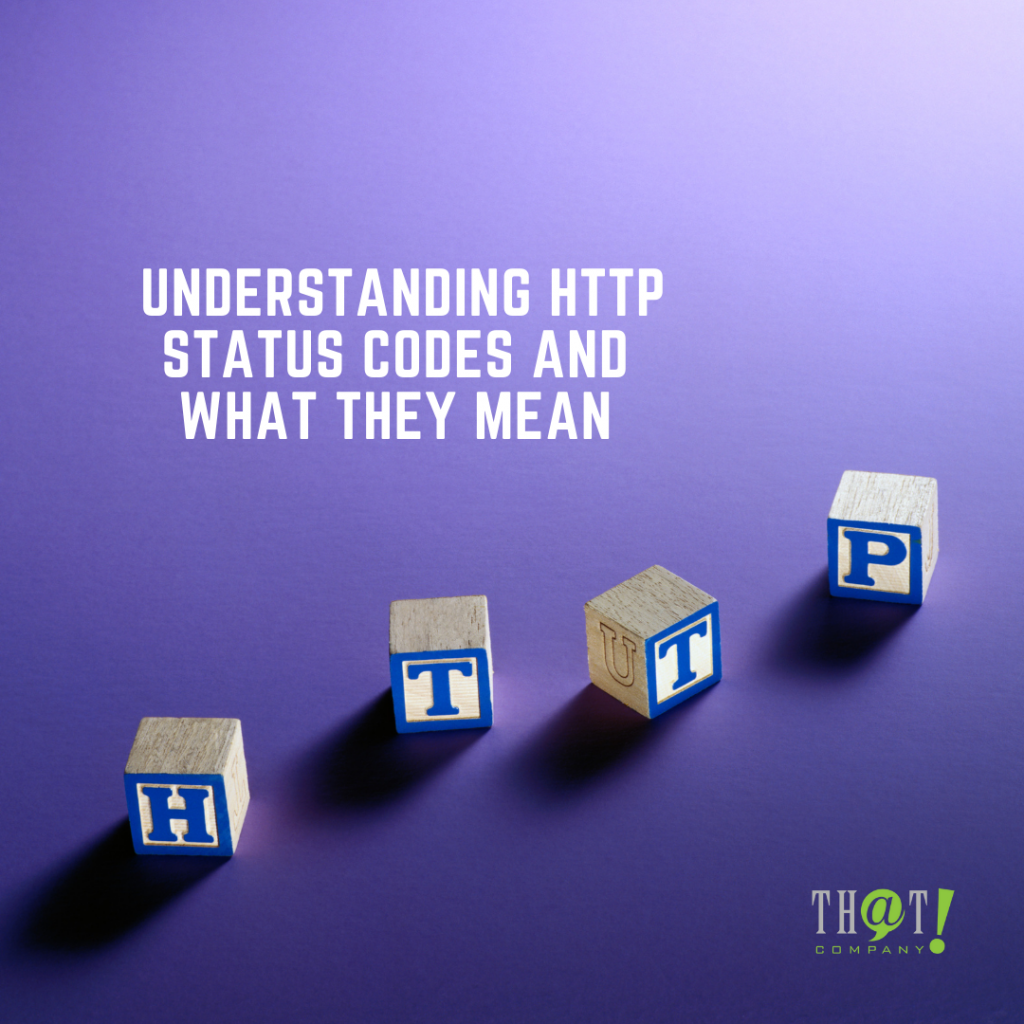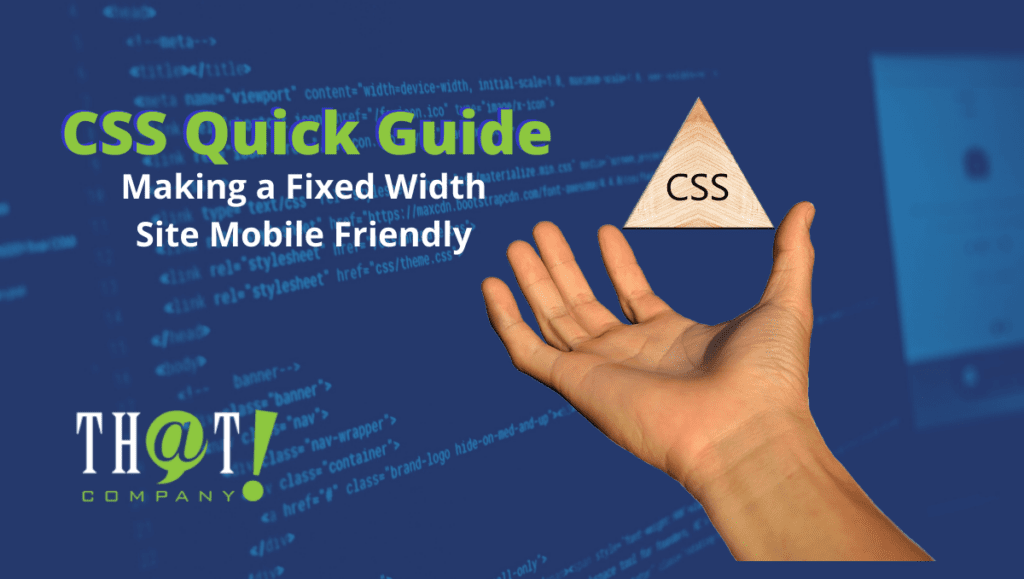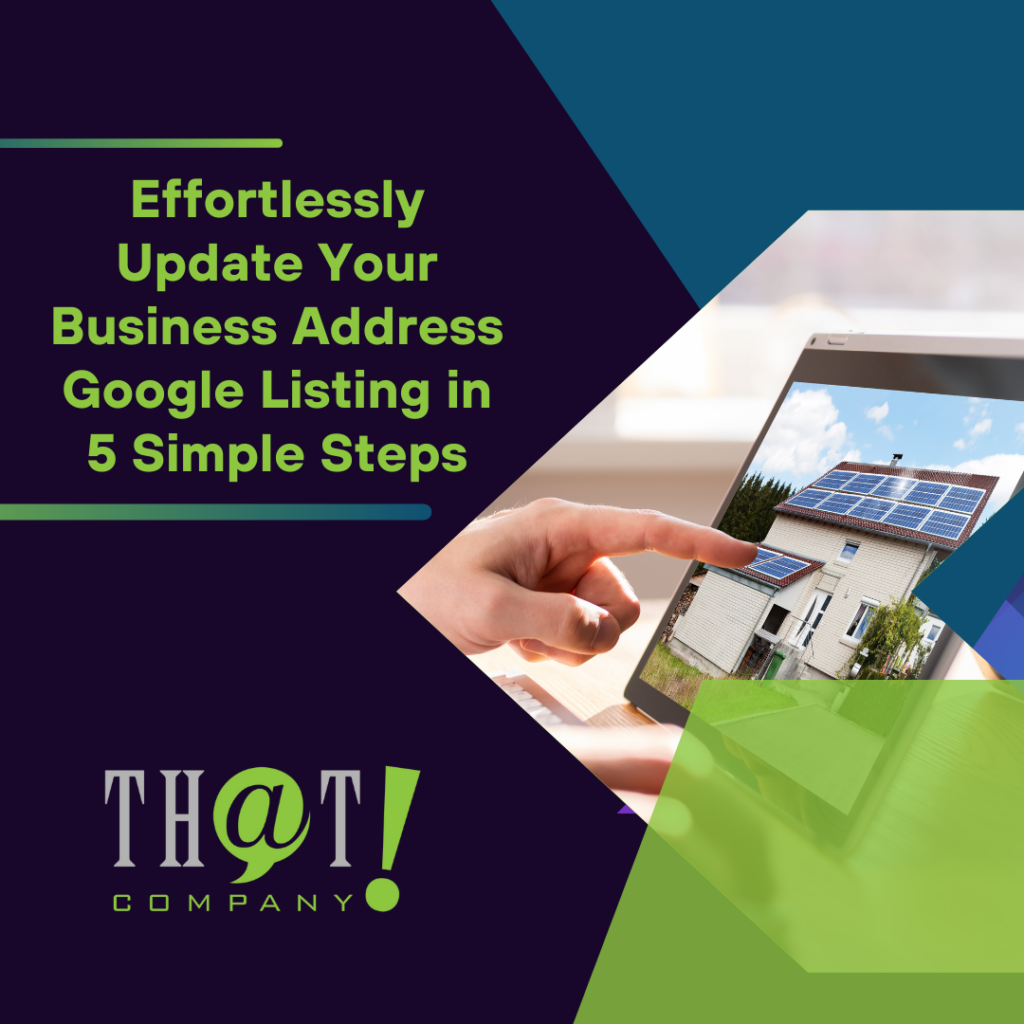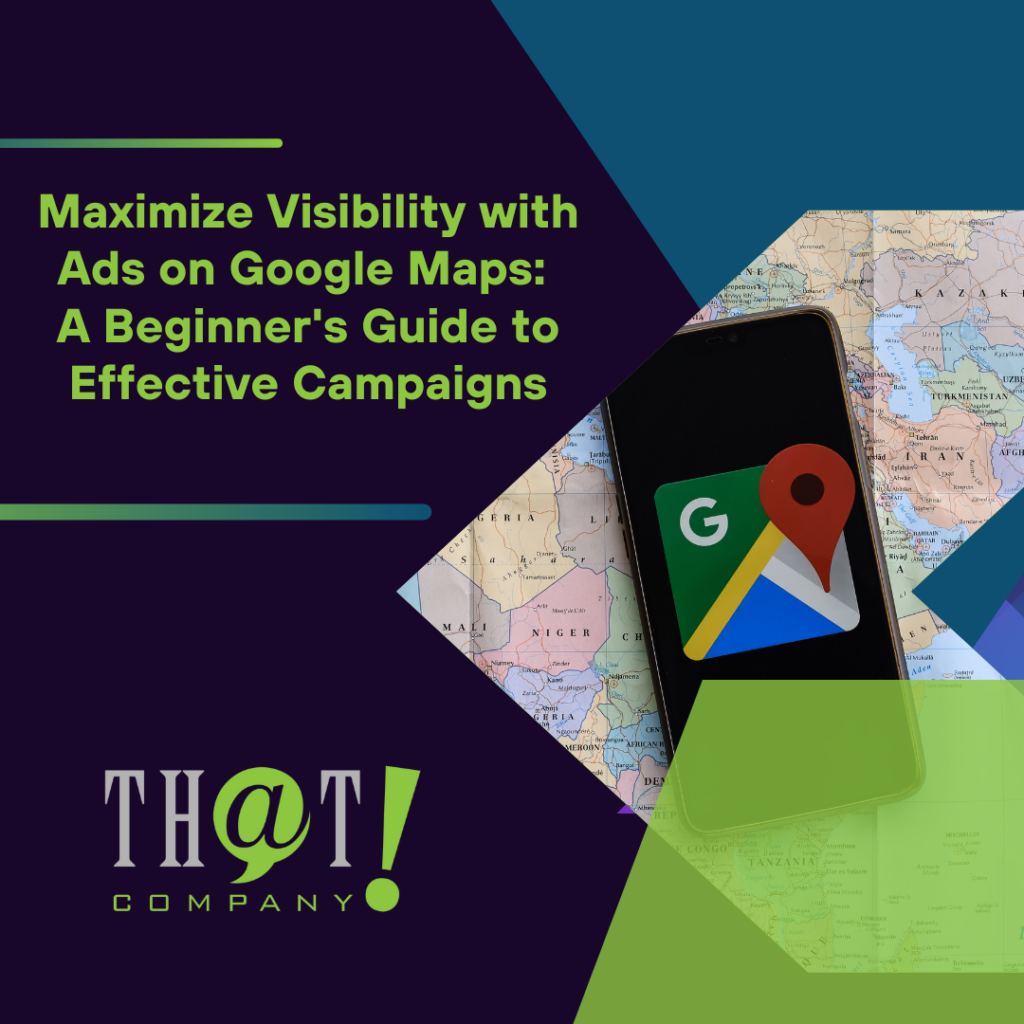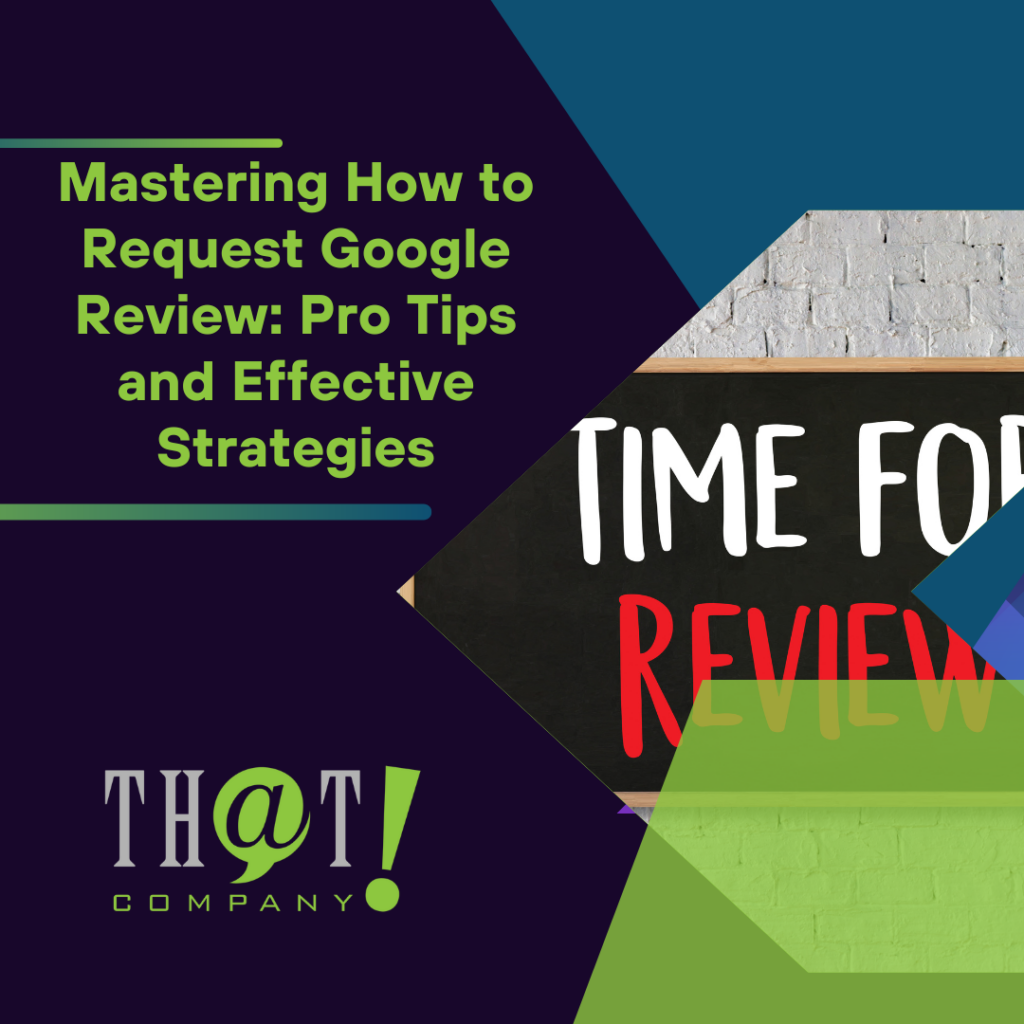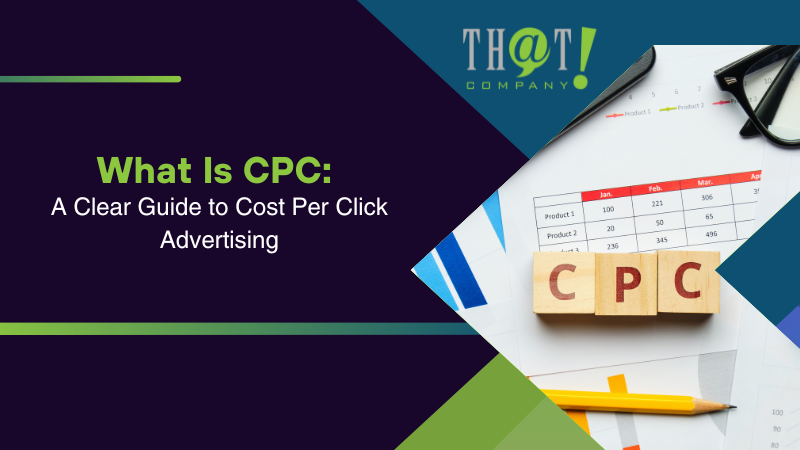
Cost Per Click (CPC) is a digital advertising model where you pay for each click on your ads. In this guide, we will explain what is CPC, how it works, why it’s important, and tips for optimizing your campaigns.
Key Takeaways
- Cost Per Click (CPC) is a digital advertising model where advertisers pay only for actual clicks on their ads, making budgeting more efficient and measurable.
- CPC advertising allows for precise targeting of audiences based on demographics and online behavior, enhancing engagement and reducing wasted ad spend.
- Challenges related to CPC include high competition for keywords, conversion uncertainty, and click fraud, necessitating careful budget management and strategic optimizations.
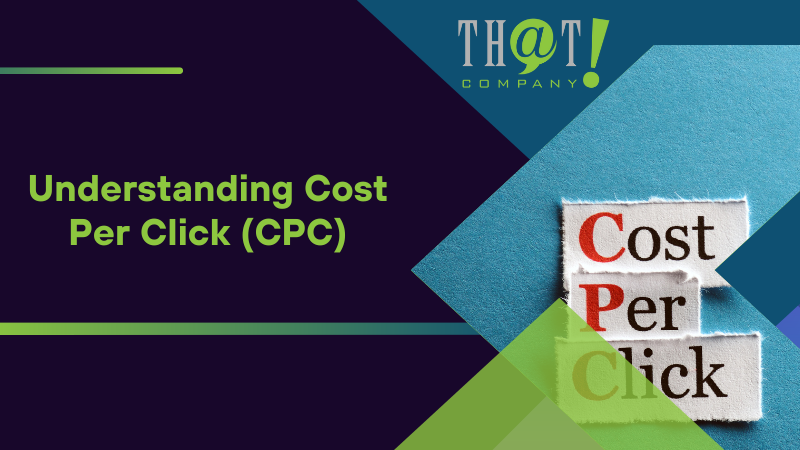
Understanding Cost Per Click (CPC)
Cost-per-click (CPC) is a fundamental metric in digital advertising. In this model, advertisers pay per click for each click on their ads. Unlike other models that charge for impressions or views, CPC ensures that advertisers are billed only when a user engages with their advertisement. This model is particularly popular among advertisers due to its straightforward and measurable nature, which allows for easy tracking of advertising costs and effectiveness.
In CPC advertising, the advertiser pays for each click they receive on their ad, making budgeting more efficient and targeted. This approach is highly advantageous as it focuses on actions rather than passive views. Paying only for actual clicks ensures that the budget is spent on genuine engagement, enhancing ad campaign efficiency.
This precise targeting and measurable engagement make CPC a preferred choice for many online advertising campaigns.
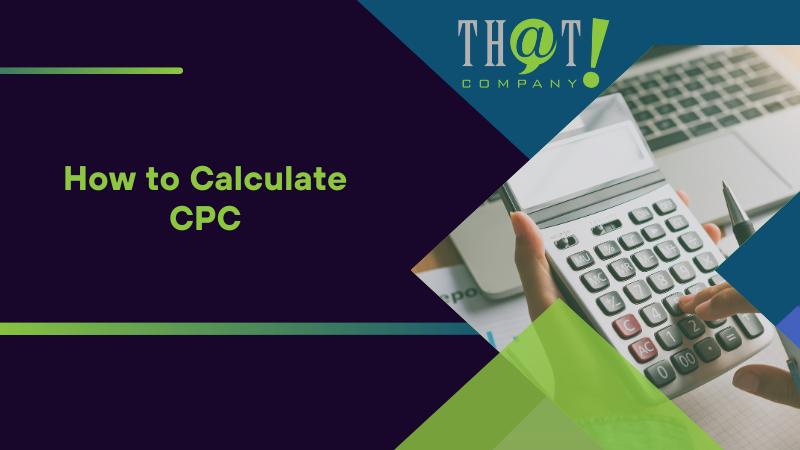
How to Calculate CPC
Calculating CPC is relatively straightforward. To determine the Cost Per Click, you divide the total ad spend by the number of clicks received. For example, if you spend $100 on an ad campaign and receive 500 clicks, your CPC would be $0.20. This simple formula helps advertisers calculate cost effectively, ensuring they know exactly how much each click is costing them.
Consider another scenario where an ad campaign costs $5,000 and it receives 20,000 clicks; the CPC would be $0.25. Understanding this calculation is crucial for advertisers to evaluate the maximum cpc and the actual cost-effectiveness of their campaigns.
Regularly calculating CPC allows businesses to make informed decisions and adjust their strategies to maintain or improve campaign performance. Accurately calculating CPC helps in optimizing ad spend and achieving better returns on investment.

Why CPC Matters in Digital Advertising
Cost Per Click is a pivotal metric in digital advertising as it provides real-time data on ad effectiveness, enabling marketers to adjust strategies effectively. Focusing on actual clicks, CPC directly impacts the efficiency and success of digital marketing campaigns. It plays a crucial role in determining return on investment (ROI), making it an indispensable tool for assessing ad performance.
Monitoring and adjusting CPC campaigns are essential for maximizing ROI. Through CPC advertising, advertisers can target specific audiences, refine keywords, and improve click-through and conversion rates. This targeted approach helps in reaching the right audience and improving overall campaign performance.
Analyzing ad campaign results provides valuable insights into strengths and weaknesses, enabling continuous optimization and competitive advantage.
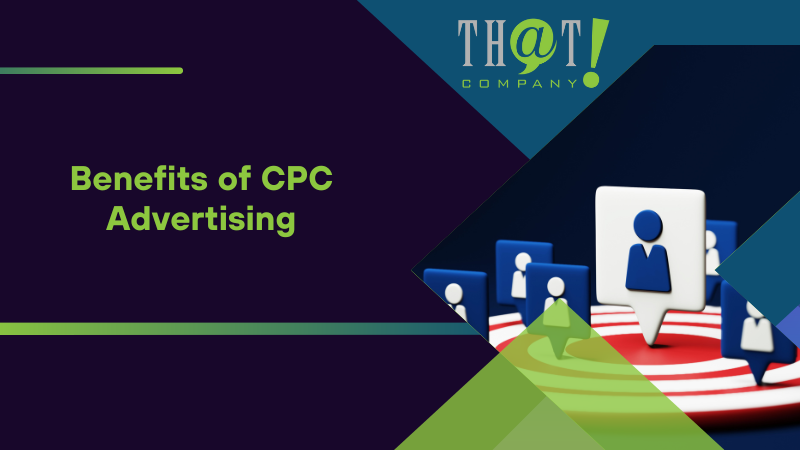
Benefits of CPC Advertising
Cost Per Click advertising offers numerous benefits, making it a preferred choice for many sectors, including e-commerce, healthcare, and insurance. CPC ensures that ads reach the most relevant audience through precise targeting based on demographics and online behavior, thereby increasing engagement and conversion rates. This precision helps in avoiding wasted advertising spend, ensuring that every dollar spent is directed towards potential customers.
Moreover, CPC advertising allows for effective budget control and performance measurement. Advertisers can set daily limits and pay only for actual clicks, making it a cost-effective model. The ability to measure engagement metrics provides critical insights into campaign performance, helping businesses assess their ROI and make data-driven adjustments.
This targeted and measurable approach makes CPC advertising a powerful tool for online marketing campaigns.
Budget Control
One of the standout benefits of CPC advertising is the control it offers over budgeting. By allowing advertisers to pay only for actual clicks, CPC minimizes wasteful spending and ensures that budgets are directed towards genuine engagement. Advertisers can set daily spending limits to prevent exceeding their budgets, providing precise control over ad spending.
This pricing model is particularly cost-effective as it charges advertisers only when users click on their ads, eliminating unnecessary costs.
Performance Measurement
CPC advertising offers valuable insights into ad campaign performance through measurable engagement metrics. Monitoring CPC allows businesses to assess return on investment and make necessary adjustments to optimize their strategies.
That! Company continuously tests and optimizes PPC campaigns to improve click-through rates and increase lead generation through compelling ad copy and high-performing landing pages. This focus on performance measurement ensures that advertising efforts are aligned with business goals, providing a clear understanding of campaign effectiveness.
Targeted Audience Engagement
CPC campaigns excel in targeted audience engagement, allowing businesses to reach specific audience segments based on interests and keywords. That! Company employs precise audience segmentation, leveraging demographic, geographic, and behavioral data to deliver highly targeted PPC ads that drive qualified traffic and conversions.
This targeted approach enhances engagement and ensures that ads are seen by the most relevant audience, improving the chances of conversion and maximizing the effectiveness of advertising campaigns.
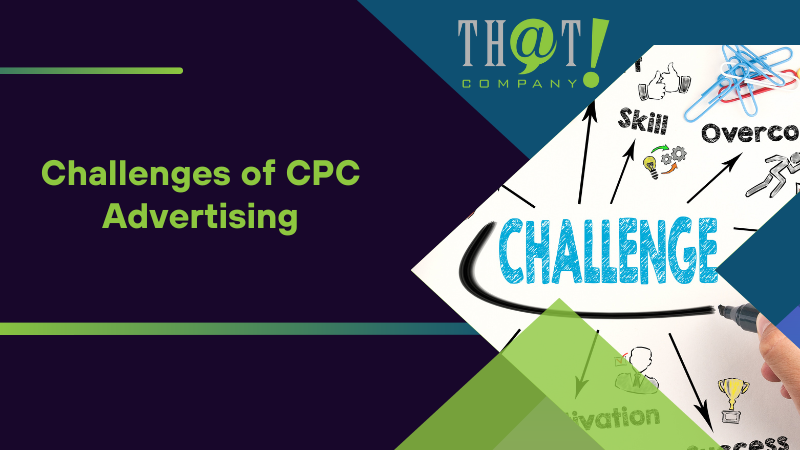
Challenges of CPC Advertising
While CPC advertising offers numerous benefits, it also presents several challenges that advertisers must navigate. High competition costs, conversion uncertainty, and click fraud are among the most significant issues. In competitive environments, CPC can become costly quickly, requiring careful budget management to maintain profitability. Additionally, not all clicks lead to conversions, creating uncertainty in the effectiveness of ad spending.
Click fraud is another major challenge, where malicious actors generate fake clicks to inflate costs without genuine engagement. This fraudulent activity can skew campaign results and waste advertising budgets. To address these challenges, advertisers need to implement strategies for effective budget management, conversion optimization, and fraud prevention.
High Competition Costs
High competition for keywords is a significant challenge in CPC advertising. The demand for competitive keywords can drive up CPC due to the abundance of advertisers vying for the same niche terms. Choosing broad or highly competitive keywords can lead to less relevant traffic and lower conversion rates, impacting overall campaign effectiveness.
To maintain profitability, advertisers must closely monitor campaign performance, conversions, and daily budgets.
Conversion Uncertainty
Conversion uncertainty is a common issue in CPC advertising, where clicks do not always translate into conversions. To improve conversion rates, advertisers must ensure that ad content is aligned with landing pages, providing a cohesive user experience. Ad copy should be concise, engaging, and tailored to the target audience to effectively influence click-through and conversion rates.
Optimizing landing pages for relevance and user-friendly design is essential to converting clicks into actions.
Click Fraud
Click fraud poses a significant threat to the integrity of CPC advertising. It can distort performance metrics and lead to wasted ad spend. Investing in fraud protection tools is essential to mitigate the risks associated with click fraud, ensuring that advertising budgets are spent on genuine engagement.
Protecting against fraudulent clicks helps advertisers maintain accurate campaign data and optimize strategies effectively.
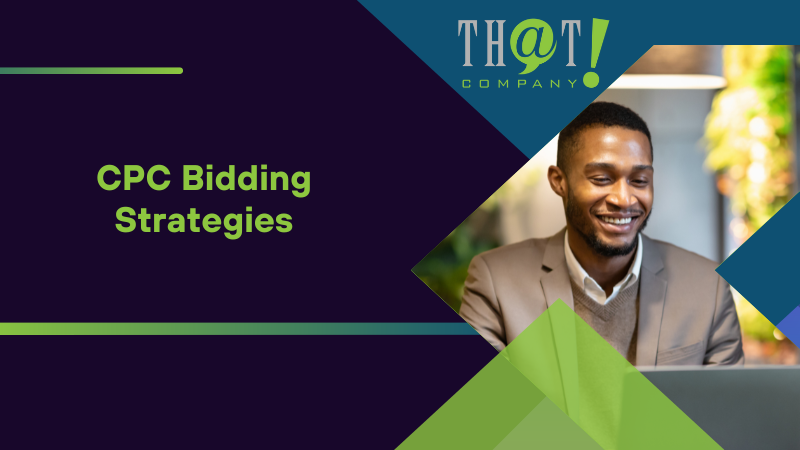
CPC Bidding Strategies
Choosing the right bidding strategy is crucial for effective CPC advertising. Bidding strategies can significantly impact campaign success, with options ranging from manual bidding, which offers complete control, to automated bidding, which uses algorithms to optimize based on historical data. The goal is to select a strategy that aligns with the advertiser’s objectives, such as maximizing clicks or conversions.
Effective bidding strategies can contribute to lowering CPC by optimizing ad spend and improving campaign performance. By understanding and implementing different bidding strategies, advertisers can achieve better results and maximize their return on investment.
Manual CPC Bidding
Manual CPC bidding provides advertisers with the highest level of control over their bids, allowing for adjustments based on keyword performance. This strategy requires familiarity with trends, tools like Google Ads, and audience behavior to be effective.
Using ad scheduling to run ads during high-performance hours can optimize CPC spending. The advantages of manually controlling bids include increased flexibility and the potential for better ROI.
Automated Bidding
Automated bidding is a strategy that allows automatic bid setting based on the probability of ad conversions. Utilizing machine learning, automated bidding optimizes bids according to specific campaign objectives. This strategy can allocate higher budgets for competitive keywords to secure top ad positions.
That! Company uses advanced automation and AI-driven bid strategies to optimize ad spend, ensuring the highest possible return on investment while minimizing wasted clicks.
Enhanced CPC
Enhanced CPC modifies manual bids based on the likelihood of conversion, improving overall campaign performance. The main benefit of using Enhanced CPC is that it achieves the best value for conversions by adjusting bids dynamically.
This strategy combines the control of manual bidding with the optimization capabilities of automated bidding, making it a powerful tool for advertisers seeking to enhance their maximum bid campaign results.

Factors Influencing CPC
Several factors influence the cost per click (CPC), including keyword competition, ad quality, and landing page relevance. High competition for keywords can significantly increase CPC due to the bidding dynamics in place. The quality of ads and the relevance of landing pages also play a crucial role in determining CPC, as higher quality often yields better rates.
Regularly reviewing keyword performance is essential to ensure that only high-converting and cost-effective keywords are used in campaigns. Understanding these factors helps advertisers optimize strategies to achieve lower CPC and better overall campaign performance.
Quality Score
Quality Score is a crucial metric in Google Ads that evaluates the relevance and quality of your ads, keywords, and landing pages. It considers factors such as the expected click-through rate (CTR), ad relevance, and the overall experience on the landing page.
Higher ad relevance and landing page quality significantly contribute to a higher Quality Score, which in turn leads to a lower CPC. A high Quality Score indicates better ad performance and can unlock discounts on CPC rates, making campaigns more cost-effective.
Ad Rank
Ad Rank is a metric that determines the position of an ad in the auction and is crucial for setting ad visibility. It is influenced by both the quality of the ad and the bid amount, affecting its position in the ad auction.
A higher Ad Rank ensures better visibility and can improve click-through rates, ultimately impacting the overall effectiveness of the ad campaign.
Keyword Competition
The competitiveness of keywords can significantly impact CPC, with more competitive keywords typically commanding higher costs. Effective keyword research and strategy are essential to identify the right keywords that balance relevance and competition.
Focusing on long-tail, less competitive keywords helps advertisers achieve lower CPC and target a more specific audience, improving overall campaign efficiency.

That! Company’s White Label PPC Management – Giving Your Agency a Competitive Edge
Utilizing That! Company’s white label PPC management services offers numerous advantages for agencies. Leveraging specialized expertise allows agencies to benefit from high-quality PPC management without the need to hire and train in-house staff. This allows agencies to save time and focus on other critical business areas, ensuring efficient use of resources. Furthermore, white label services offer scalability, enabling agencies to adjust to client demands without compromising service quality.
Outsourcing PPC management through white label services can result in lower operational costs compared to maintaining an in-house team. Agencies can enhance their service offerings by integrating white label PPC services, presenting a more comprehensive solution to clients and improving client relationships.
That! Company handles the entire process, from campaign setup to ongoing management, delivering consistent, high-quality results.
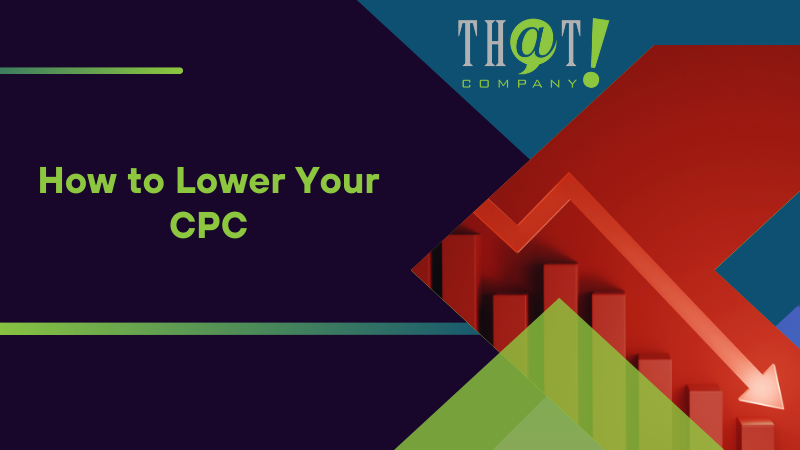
How to Lower Your CPC
Lowering your CPC involves several strategies that can optimize ad performance and reduce costs. Here are some essential tactics:
- Improving Quality Score
- Refining keywords
- Expanding reach
- Adjusting bids
- Using A/B testing
- Preventing fraud
Implementing these strategies helps advertisers effectively manage their budgets and achieve better returns on investment.
Setting daily spending limits helps maintain control over advertising budgets, ensuring that costs do not exceed planned expenditures. Regularly reviewing and optimizing campaigns based on performance data ensures that only the most effective tactics are used, further lowering CPC and enhancing overall campaign efficiency.
Improving Quality Score
Improving Quality Score is a critical strategy for lowering CPC. By enhancing ad relevance through targeted keywords, advertisers can increase their Quality Score. Landing pages must be designed to maximize conversion rates with clear calls-to-action and engaging content.
Highly targeted ad groups increase ad relevance and the likelihood of clicks, contributing to a lower CPC.
Refining Keywords
Refining keywords is another effective strategy for lowering CPC. Long-tail keywords, which are highly specific search queries with lower search volumes, are easier to rank for and less expensive. Incorporating long-tail keywords into ad groups enhances ad relevance. This strategy could also reduce the cost per click (CPC).
Negative keywords, identified through tools like the Google Ads Search Terms report and search engines like Google AdWords, help exclude irrelevant search terms and reduce costs.
Expanding Reach
Expanding reach by testing different geo-targeting options can uncover new audience segments and improve CPC efficiency. Targeting specific regions or demographics allows advertisers to find untapped markets and enhance campaign performance. This strategy ensures that ads are shown to the most relevant audience, increasing the chances of engagement and conversion at a lower cost.

Average CPC Across Industries
The average CPC varies significantly across different industries. In 2023, the average CPC for Google Ads across all industries was reported to be $4.22. The highest average CPC is found in the legal services sector, approximately $9.21, reflecting the intense competition for keywords in this industry. Similarly, the average CPC for Dentists and Dental Services is recorded at about $6.69, indicating high advertising costs in the healthcare sector.
On the other hand, industries like Travel have a relatively low average CPC of $1.63, making it more cost-effective for advertisers compared to more competitive sectors. Arts & Entertainment and Real Estate show the lowest average CPC, both at about $1.55.
These variations highlight the fluctuations and factors that influence CPC across different industries, emphasizing the need for tailored strategies to optimize advertising spend.

CPC vs Other Metrics
Comparing CPC with other advertising metrics provides valuable insights into different aspects of campaign performance. CPC measures the cost incurred for each click on an ad, while other metrics like CPM and CPA focus on different billing and performance aspects. Understanding these differences helps advertisers choose the right metrics for their specific campaign goals.
Industries such as legal services, financial services, and professional services like insurance typically have the highest CPC rates. In contrast, sectors like education and retail experience lower CPC costs, reflecting the varying levels of competition and marketing objectives across industries.
Analyzing these metrics helps advertisers make informed decisions to optimize campaigns and achieve better results.
CPC vs CPM
CPM and CPC are two distinct billing models in advertising. CPC requires advertisers to pay only when someone clicks on their ad, while CPM charges are based on the number of times the ad is displayed. CPC is often preferred for campaigns focused on generating direct responses, as it ensures that budgets are spent on actual engagement.
In contrast, CPM is used to enhance brand visibility, making it suitable for awareness campaigns.
CPC vs CPA
CPA and CPC measure different aspects of advertising performance. CPC focuses on the cost incurred for each click, making it ideal for driving immediate interactions. CPA, or Cost Per Action, measures the cost of specific actions such as purchases or sign-ups, providing a clearer picture of the actual campaign results and highlighting the effectiveness of advertising strategies.
Understanding the differences between these metrics allows advertisers to align their strategies with their campaign objectives.
CPC vs CTR
CPC (Cost Per Click) and CTR (Click-Through Rate) both measure clicks but serve different purposes in advertising. While CPC indicates the cost of each click, CTR measures how effectively an ad attracts clicks from viewers.
A high click-through rate (CTR) typically suggests that an ad is effective and appeals to its target audience, providing valuable insights into ad performance and engagement.
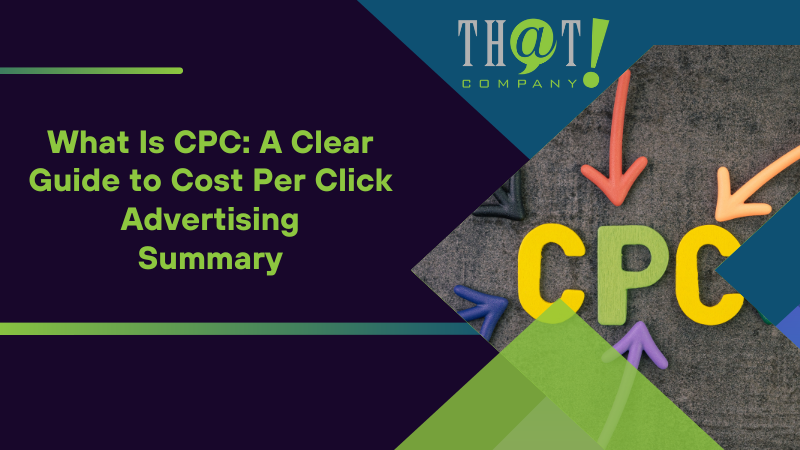
Summary
Understanding and effectively managing CPC is crucial for successful digital advertising. By focusing on clicks rather than impressions, CPC ensures that advertising budgets are spent on actual engagement, making campaigns more efficient and cost-effective. This guide has explored the intricacies of CPC advertising, from calculating costs to implementing effective bidding strategies, and provided actionable tips to optimize your campaigns.
By mastering Cost Per Click, advertisers can make informed decisions to maximize their return on investment, achieve better campaign performance, and reach their target audience more effectively. Embracing the strategies and insights discussed in this guide will empower you to navigate the complexities of CPC advertising and unlock the full potential of your online marketing efforts. Partnering with a white label PPC company can further enhance your campaigns by providing expert support and tailored strategies.
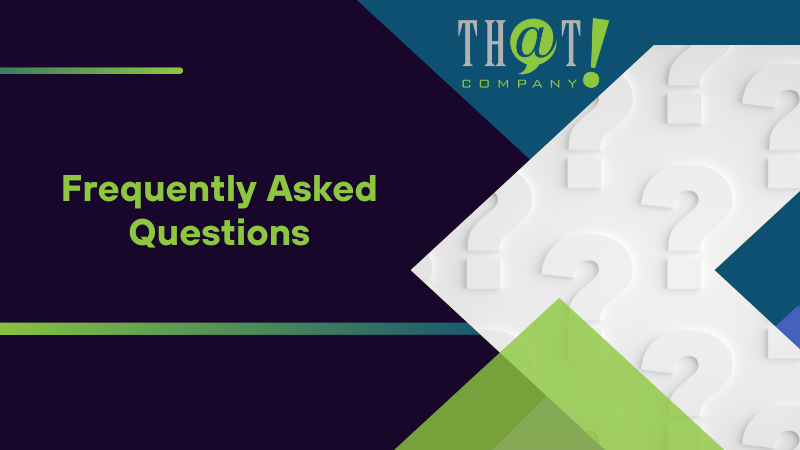
Frequently Asked Questions
How much CPC is good?
A good cost-per-click (CPC) rate is typically around 20 percent of the acquisition cost, or a 5:1 ratio of total revenue, although it can vary based on the type of business. Ultimately, the targeted ROI should guide your CPC strategy.
What does CPC stand for in payment?
CPC stands for Cost Per Click, a payment model in which advertisers pay a fee for each click on their ad. This metric helps determine the cost of advertising based on user engagement.
What is Cost Per Click (CPC)?
Cost Per Click (CPC) is an advertising metric that charges advertisers for each click on their ads, ensuring payment only occurs when a user interacts with the advertisement. This approach enables targeted spending in advertising campaigns.
How do you calculate CPC?
To calculate CPC, divide the total ad spend by the number of clicks received. For instance, spending $100 and receiving 500 clicks results in a CPC of $0.20.
Why is CPC important in digital advertising?
CPC is essential in digital advertising as it offers real-time data on ad performance, directly influences ROI, and enables precise targeting and measurable engagement. This makes it vital for optimizing marketing campaigns effectively. For businesses looking to scale their efforts, white label digital advertising solutions provide a powerful way to manage and optimize campaigns with expert support.

